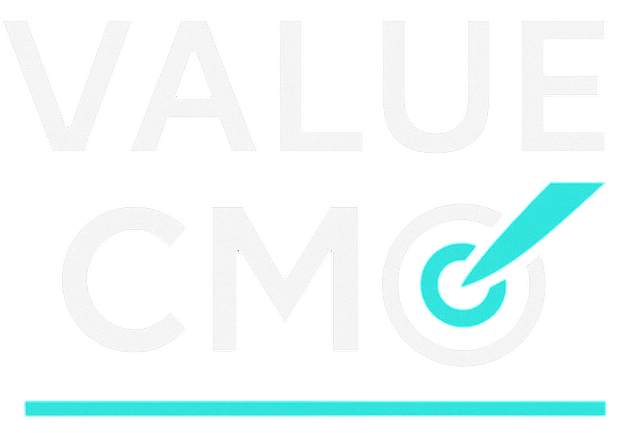Good news – you don’t need a senior hire or a six-figure budget to put real marketing muscle behind your sales team. You only need a clear framework, a handful of easy-to-use tools, and the discipline to work through ten focused steps. Follow the playbook below and you’ll shift from random acts of promotion to a repeatable growth engine in a single month.
1. Know Exactly What You Sell and Why It Wins
Start with a one-sentence value proposition:
“We help [who] fix [problem] by [how] so they get [result].”
Write three proof points – benchmarks, customer quotes, maybe a patent – then sketch competitors on a quick 2×2 grid (cost versus speed works for most products). With that one-page brief, everyone on the team can pitch the same story.
Deliverable: Product & Market Fit Brief (one page).
2. Define Your Ideal Customer Profile (ICP)
Pull your last ten closed-won deals, spot patterns in industry, tech stack, and company size, then create one primary buyer persona and a supporting technical champion. Free tools like Similarweb or Crunchbase can fill gaps in your research.
Deliverable: ICP matrix plus two personas.
3. Translate Revenue Targets into SMART Goals
Work backward from revenue. Divide the annual number by average deal size to get closed-won targets, then apply funnel conversion rates to set lead and SQL goals. Time-box everything by quarter so nothing slips.
Deliverable: Quarterly goals sheet with numbers and dates.
4. Craft Positioning and Core Messaging
Choose a promise your product can keep every single time. Build a simple benefit-pillar table:
| Pain | Capability | Outcome |
|---|---|---|
| Slow analytics | GPU parallel engine | 10× faster insights |
Add three objection-handling bullets, and your sales deck writes itself.
Deliverable: Messaging framework slide.
5. Pick a Lean Growth Stack
Focus on the handful of channels that match your ICP’s habits and your budget:
| Funnel Stage | Core Tactic | Quick Start Tip |
|---|---|---|
| Awareness | SEO pillar blog + LinkedIn posts | Publish weekly, turn posts into short clips |
| Demand | LinkedIn and Google Search ads | Target exact titles, test two ads a month |
| Nurture | Monthly product-led webinar | Record Q&A, convert answers into FAQ content |
| Conversion | Lightweight ABM email sequence | Three emails: pain, proof, call to action |
Deliverable: Channel & tactic plan (one page).
6. Build a Quarter-Long Content Roadmap
Map buyer questions to three stages – Explore, Evaluate, Decide – then plug topics into a Trello board. Aim for two deep-dive articles each quarter, then slice them into social posts, quote cards, or a short video series.
Deliverable: Content calendar with owners and dates.
7. Launch Your First Campaign with Minimal Tech
Choose an all-in-one starter platform such as HubSpot or MailerLite. Block two hours every Monday to plan, then automate: lead capture → scoring → Slack alert to sales.
Deliverable: Live campaign plus a simple automation flowchart.
8. Sketch a Practical Budget
Split spend 40 percent demand gen, 30 percent content, 20 percent tools, 10 percent experiments. Keep CAC under 30 percent of first-year ARR. Hire freelancers before committing to full-time staff.
Deliverable: Six-month budget snapshot.
9. Track What Matters, Prove ROI
Set up a weekly dashboard for traffic, leads, and cost per lead, then a monthly deep dive into pipeline influence and CAC payback. Google Looker Studio connects to GA4 and HubSpot in minutes.
Deliverable: Live KPI dashboard shared with leadership.
10. Iterate, Automate, and Prepare to Scale
Run one A/B test a month – headline, landing page, or ad. Document wins and losses in a quarterly retrospective. When marketing-sourced pipeline reaches 30-plus percent of total deals, you’re ready to hire full-time marketing leadership.
Deliverable: Quarterly retrospective + updated playbook.
Your 30-Day Sprint Schedule
| Week | Focus | Outcome |
|---|---|---|
| 1 | Steps 1-4 | Clear story, ICP, goals |
| 2-3 | Steps 5-7 | First campaign in market |
| 4 | Steps 8-10 | Budget, dashboard, iteration plan |
Stick to the schedule and you’ll transform “we should market” into a measurable B2B Marketing Plan that feeds your pipeline and keeps investors smiling – all without a CMO on payroll.
Need a sanity check? Feel free to use my Fractional CMO services.

